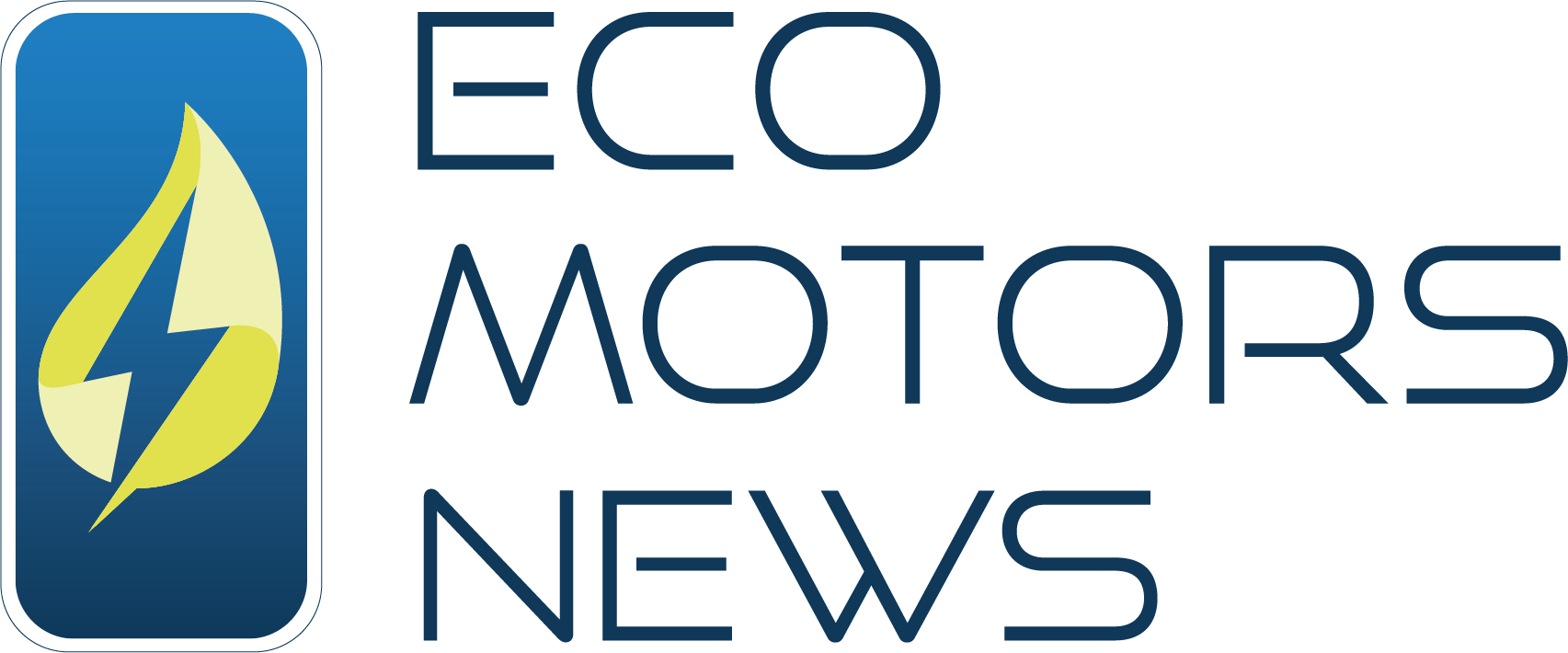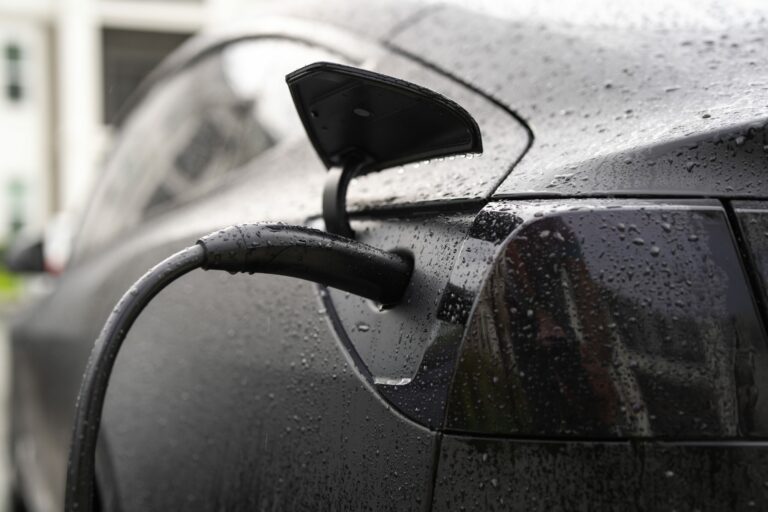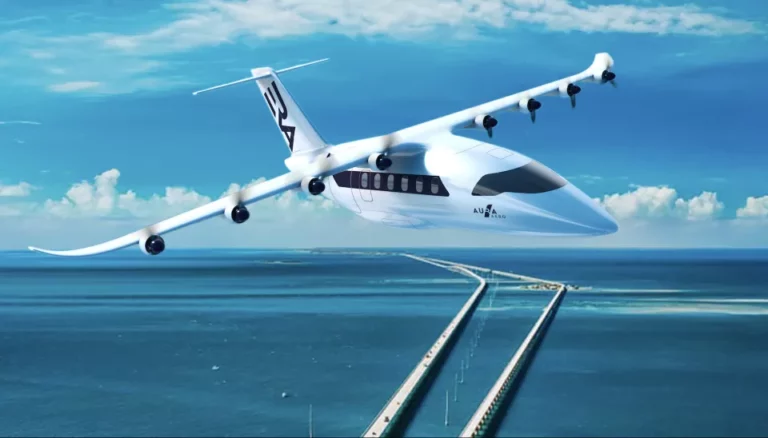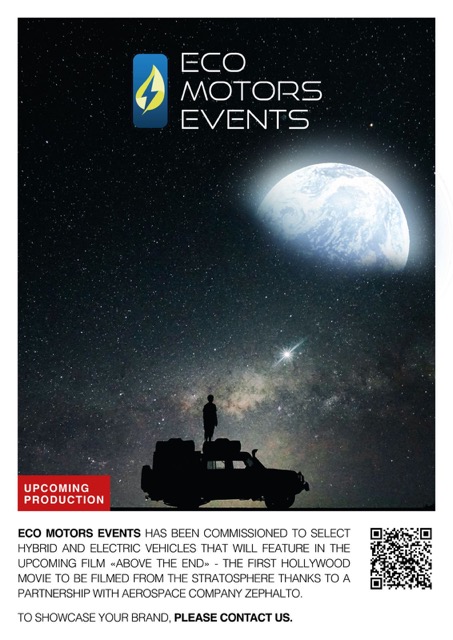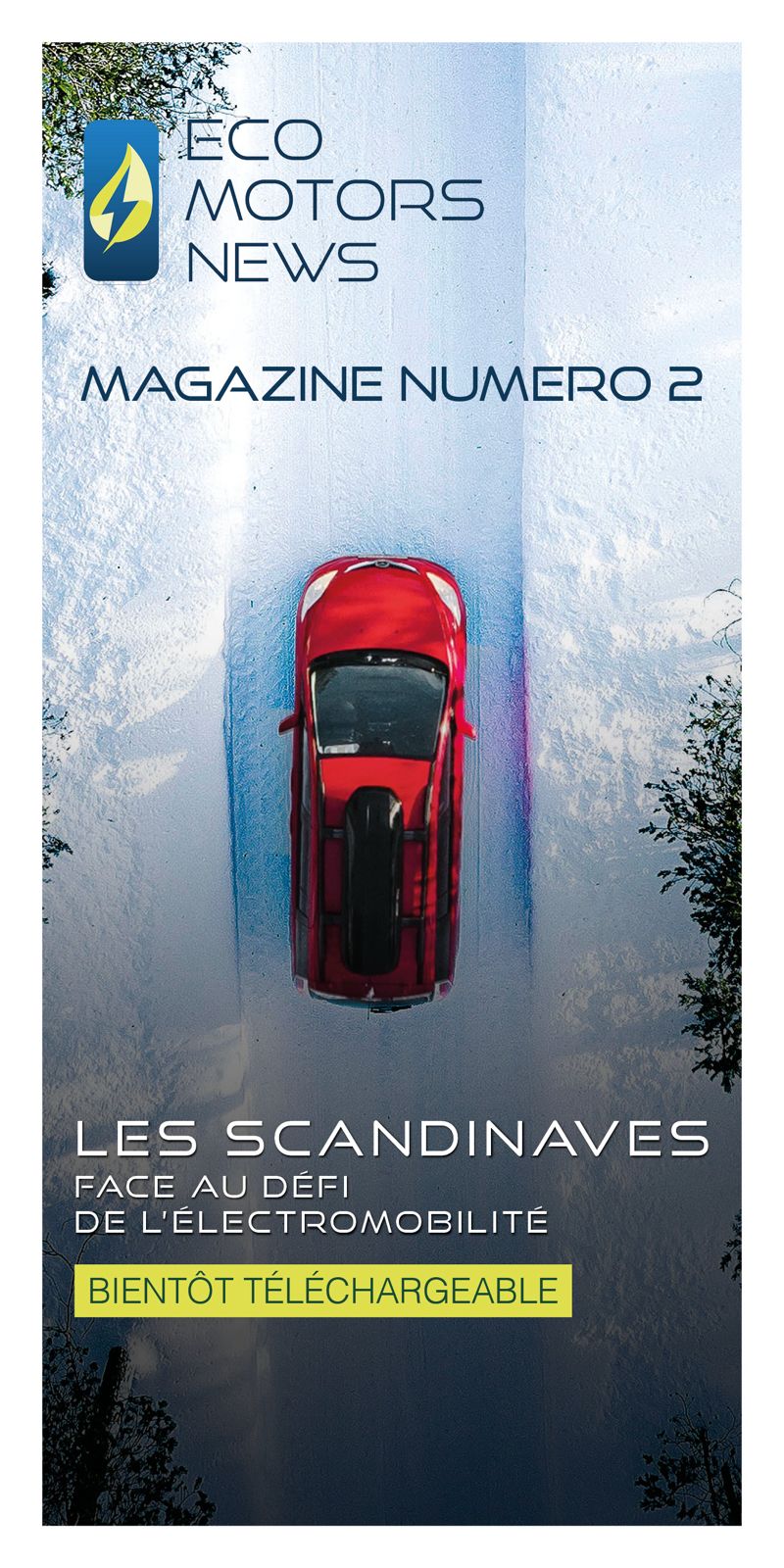As the birthplace of the Zero-Emission Vehicle, California has turned electromobility into a genuine state policy, contributing to almost a third of electric vehicle sales in the United States, despite having only 10% of the population. But this full-scale laboratory for electric mobility still faces a number of challenges…
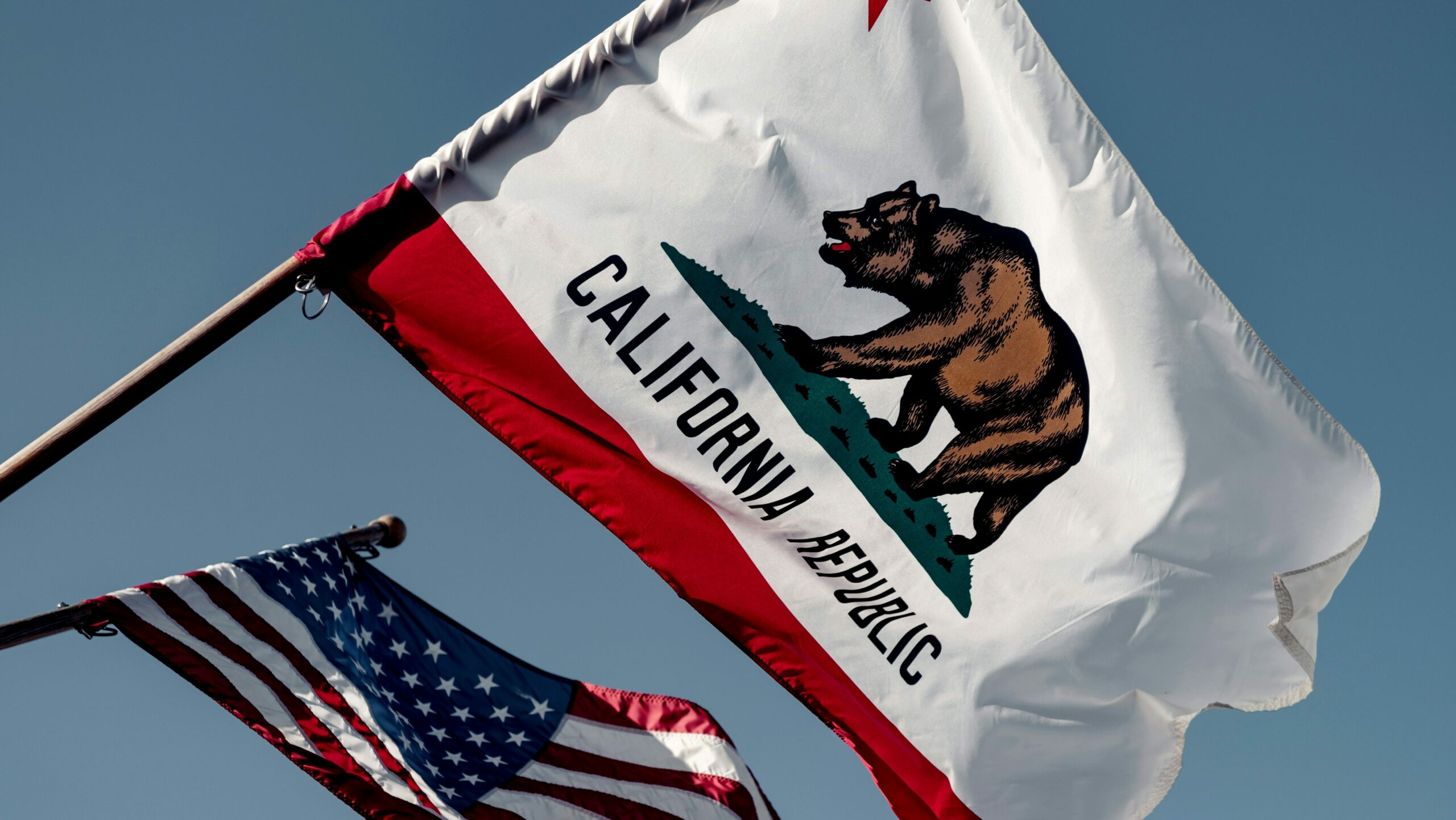
California, a pioneer in electromobility, has never stopped making electric cars (EVs) one of its priorities. And that goes back a long way! As early as 1990, the Golden State enacted the « Zero-Emission Vehicle » mandate, imposing clean vehicle quotas on manufacturers wishing to sell in the state, which have been steadily increasing ever since. California has been imposing strict rules on manufacturers for 35 years. Most recently, the Advanced Clean Cars II programme definitively introduced a ban on sales of new, non-electrified cars from 2035. This injunction has been adopted by some fifteen other American states, proving that California is indeed the driving force behind electromobility across the Atlantic.
A host of benefits and opportunities
California is giving itself the means to achieve its electromobility targets. Until 2023, the Clean Vehicle Rebate Project enabled the most modest households to reduce their bill by $7,500 for the purchase of electric vehicles. Although this scheme is no longer in effect, it has made a significant contribution to the electrification of the state over the dozen years it has been in existence. Since 2019, the Clean Cars 4 All programme has offered up to $9,500 to help low-income households get rid of their old, polluting vehicles. Added to this is a federal tax credit of up to $7,500. Finally, there’s a detail that’s particularly important when you consider the infernal traffic of Los Angeles: electric car owners can use the dedicated car-sharing lanes free of charge. As a result, by 2024, more than one in four car registrations in California was electric, well above the national average (8%).
In response to growing demand, and taking advantage of a favourable administrative environment, a whole eco-mobile ecosystem is flourishing. Tesla, of course, is still at the top, but more and more competitors are emerging. Large, well-established groups such as Ford, General Motors and Toyota are taking more and more market share, and new 100% electric carmakers are looking to take their share of the cake. This is the case of Rivian, which, even though it is based in Michigan, the cradle of the automobile in the USA, chose Los Angeles in 2018 to present its first models.
And carmakers aren’t the only ones thriving under the sun of the El Dorado State. Tech giants Apple and Alphabet, among others, as well as a whole host of start-ups dedicated to batteries, recharging and operating systems, have taken up residence between San Diego and Los Angeles, creating more than 70,000 jobs in the process since 2020.
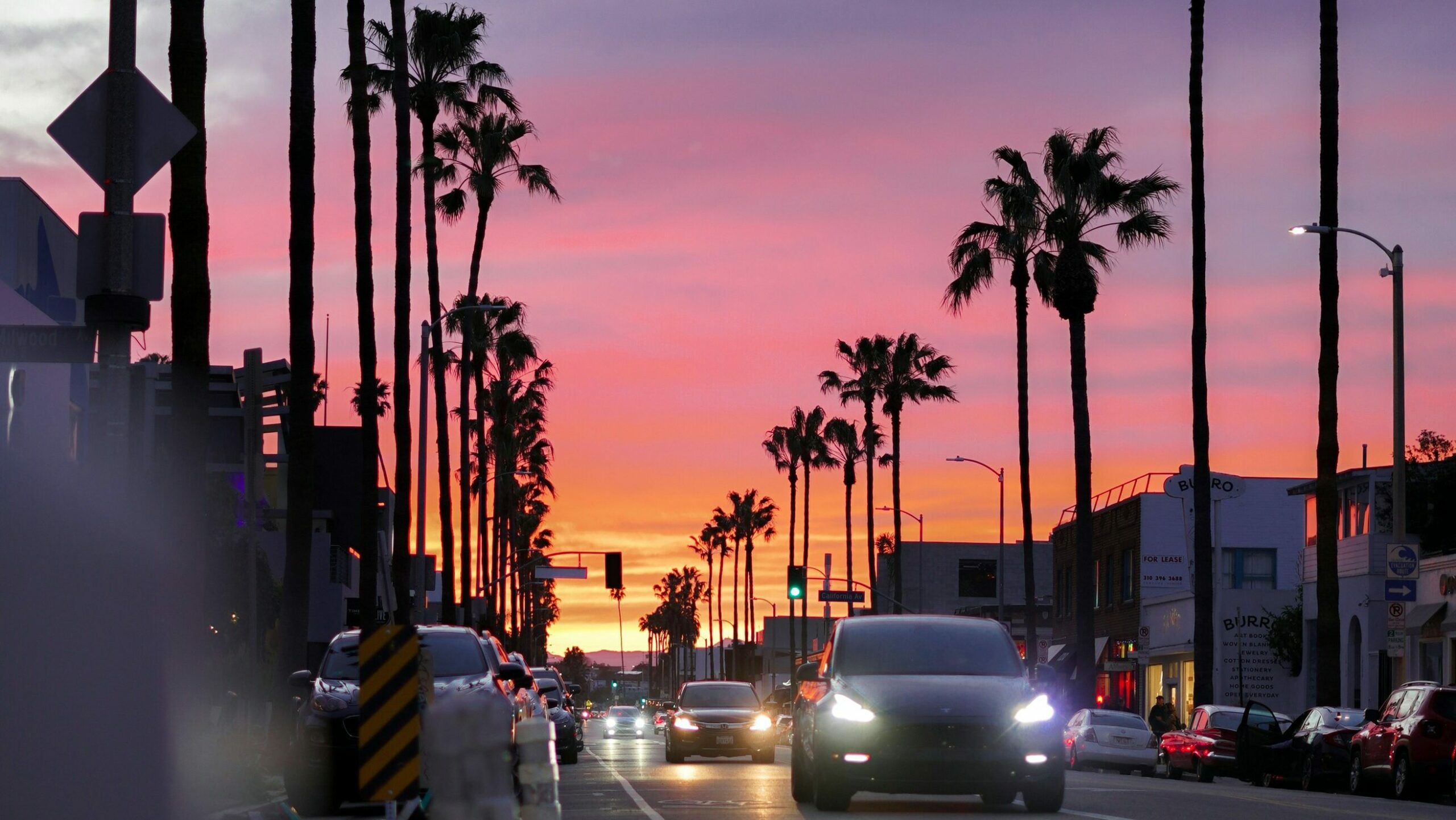
The white gold rush
California is undoubtedly the epicentre of electromobility in the United States and, despite the boom in Europe and, above all, China, it continues to set the standard in the field, particularly when it comes to innovation. But not everything is perfect in La La Land. California’s recharging infrastructure is spread mainly along the coast, leaving the interior dry. And despite the abundance of structures in the major coastal urban areas, this is not enough to avoid long queues in front of the charging points because of the overloaded traffic.
Finally, and this is certainly the thorniest issue, California, like the rest of the country, is dependent on lithium imports for battery manufacture. And with the trade war looming, it’s a safe bet that the USA will have to rely on local mining. California is home to the Salton Sea, a recently discovered deposit whose subsoil could be used to manufacture 375 million electric cars! At the beginning of the year, the courts gave the go-ahead for the site to be mined, and after the gold rush, California is now preparing to become the scene of the rush for lithium, the white gold of the electric transition…
Finally, and this is perhaps the biggest sword of Damocles hanging over the head of Californian electromobility: a possible political U-turn hostile to environmental standards, aligned with the ‘petrolophile’ ideas of President Donald Trump, could put the brakes on the momentum underway. Indeed, the occupant of the White House is already threatening to abolish tax credits and funding for the development of recharging infrastructure. His instability and recurrent changes of direction are cause for concern, but the machine is already well under way and it’s hard to see how California could turn back the clock after 35 years of developing electromobility…
Main Californian laws and measures on zero-emission vehicles :
● 1990 – ZEV Mandate
Progressive imposition of zero-emission vehicle sales quotas for all manufacturers operating in California.
● 2002 – Pavley Law
First time a state has regulated CO2 emissions from passenger cars. Will serve as the basis for Corporate Average Fuel Economy (CAFE) standards nationwide.
● 2021 – California Clean Fleet Program
Grants and loans with the goal of rapidly electrifying public truck and bus fleets.
● 2022 – Advanced Clean Cars II
From 2035, 100% of new vehicle sales must be electric cars or plug-in hybrids with at least 50 km of electric range.
● 2024 – Climate Accountability Package
Obligation for large companies to declare their CO2 emissions, including those linked to car fleets.
